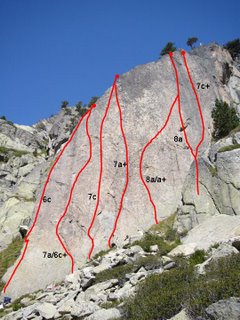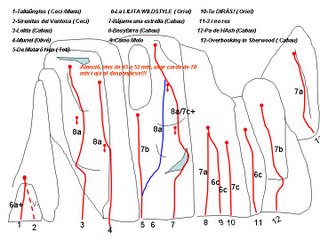After experiencing Catalan and Spanish flags through one exciting week-end in Barcelona, my next encounter with nationalism took place yesterday during the celebration of the national holiday in another pretty divided country, that is Belgium. Coming from the outside as i do, it is usually hard to agree and understand the need for separation and different identity in these seemingly such interesting and culturally rich countries. Oh sure, yes, there are all the historic, although to tell the truth usually mainly financial, reasons for all the discontent. However, it was somehow a pleasure to see Belgians united for once, partying all together with their army, king, and political elite.
My highlight was a visit to the new Magritte museum in Brussels, that for the day charged only 1 euro for its, it has to be said rather meek, collection. Nevertheless, it was very well housed, introduced, and displayed. Magritte is an interesting outsider to the glamorous life of painters in the XXth century. Held on a short leash by his life-long love with Georgette, he never managed to get full-heartedly accepted into the Paris circle of surrealists, and decided to live in a stand-alone bourgeois mode with his wife and friends in Brussels. At the same time, he was a prolific artist, and a volcano of imagination and brilliant ideas for his work. His final success came to him in the US, of all places, although now he is reveered in many an intellectual gathering. Despite this success, most of his life he dressed like a respected banker rather than a crazy surrealist, the reverse side of the mirror to his flamboyant counter-part Dali.
One of the pictures that impressed me most during this visit was the below Art de la Conversation. I find it a very good painting, located in that space somewhere in the middle ground between subconscience and the mind, where Magritte situated most of his works. The two gentlemen conversing manage to build a huge structure, with the dream playing the center-stage, although simultaneously defying the laws of gravity and language.
The other picturte that left its mark on me was this, Domaine d'Arnheim, a theme Magritte followed in several of his paintings in the decade before his death (in 1967), inspired as he was by Poe stories. Maybe because the paysage looks a lot like the North-side couloir to the left of Frendo spur, and Auiguille du Peigne is so tastefully transformed into the bird trying to get free out of the ice, or maybe because the picture also signals some possibility of hope, birth, life, coming from this austere twilight zone of the mountain. One way or another it is a painting worth having a thought about:
These ideas go hand in hand with the book I am currently reading, Hofstadter's GEB, and specifically paintings by Escher mentioned there. Basically Hofstadter talks about inifinite or strange loops, something Escher was really good at showing graphically, for instance in his Drawing Hands below. The animate is born from the dead matter, hands come alive from pure imagination and lines traced by a pen. Maybe it is just my mind playing tricks, but Magritte, his Ceci n'est pas une pipe etc. seem to be working on the same wavelength.













































